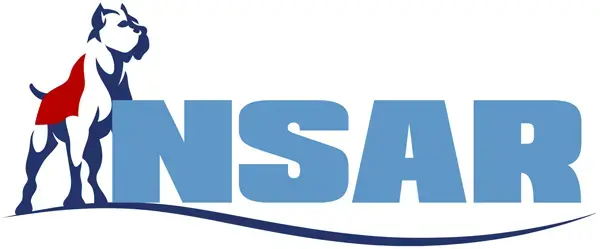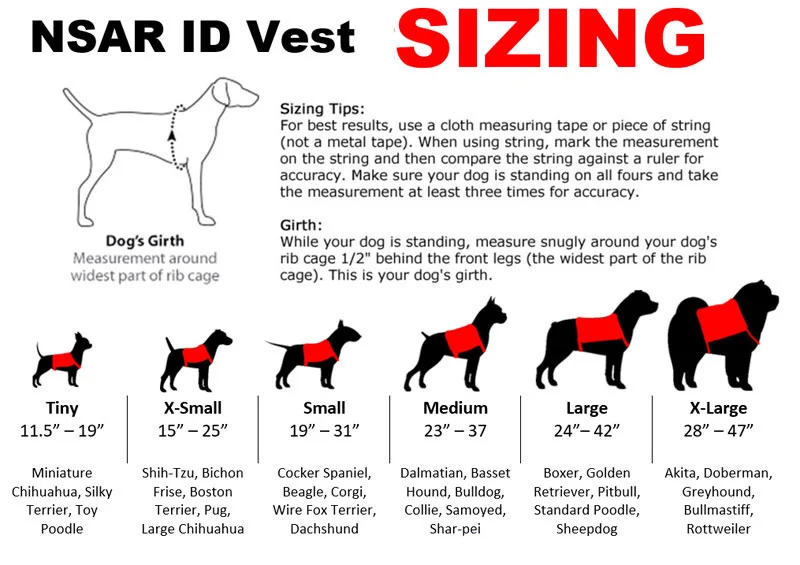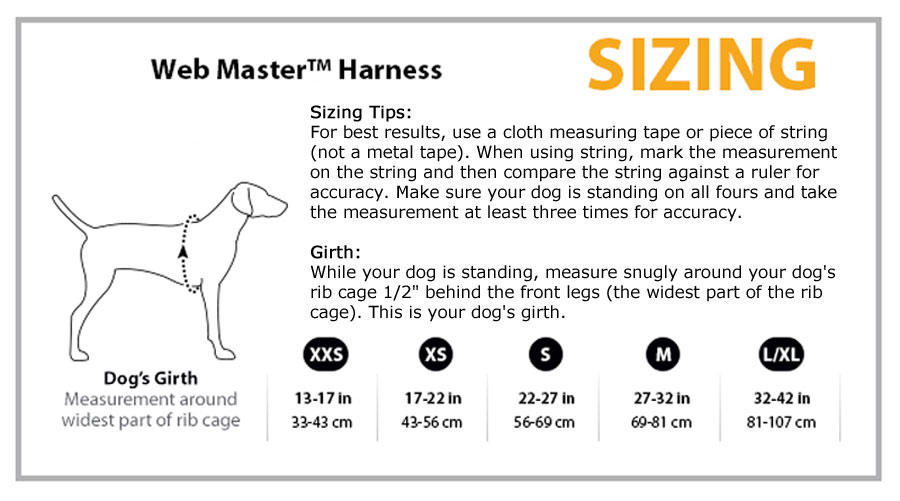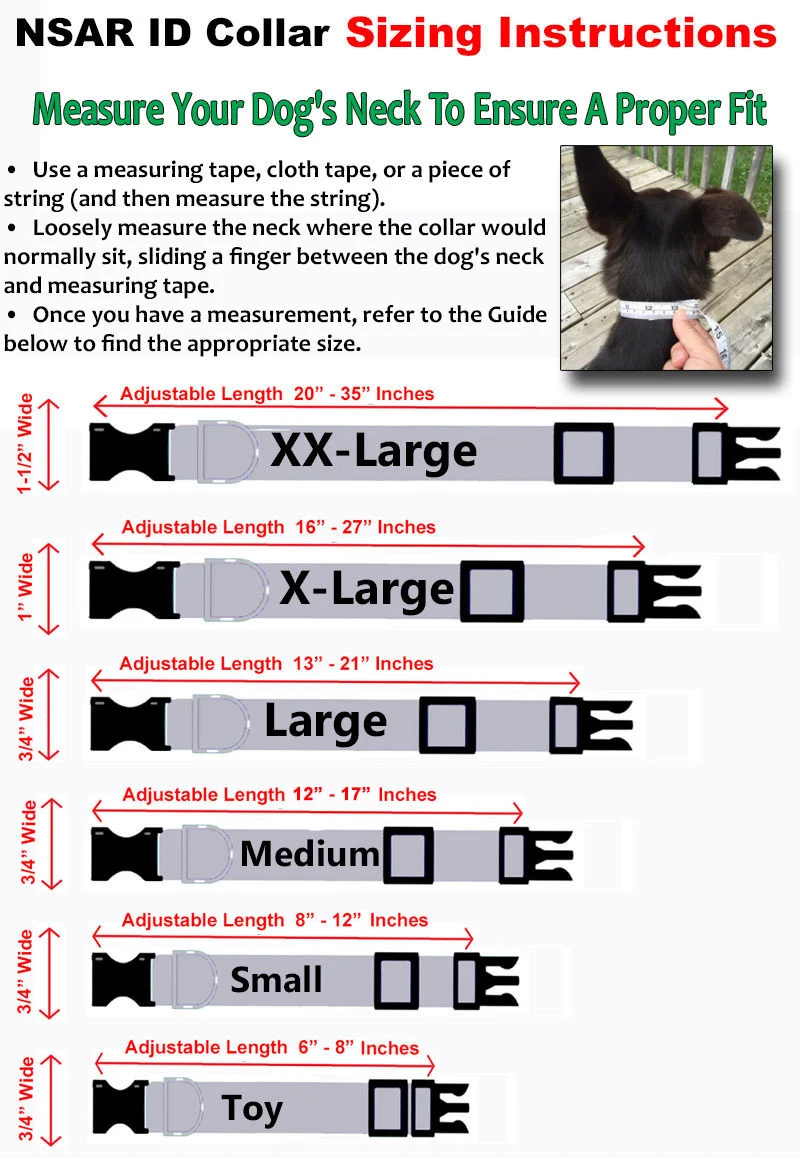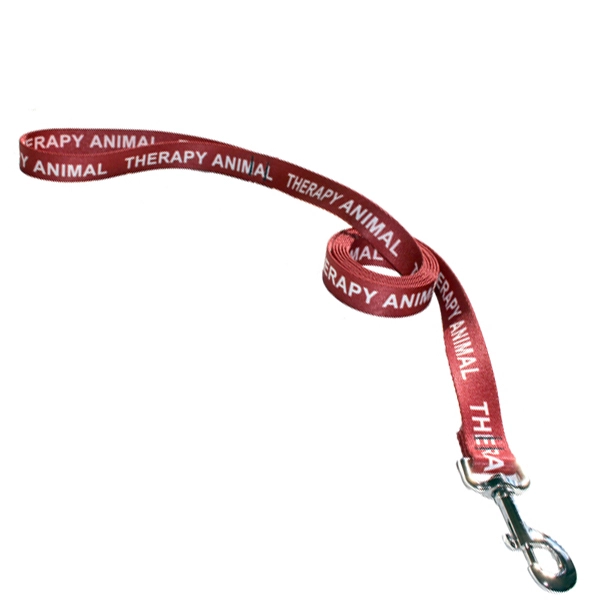
Introduction: Celebrating the Companions Who Support Us Most
Every year on April 11th, pet lovers across the United States celebrate National Pet Day, a day dedicated to appreciating the furry (or feathery or scaly) companions who fill our lives with joy. For those who have Emotional Support Animals (ESAs) or Service Dogs, this day takes on an even deeper meaning. These special animals do more than offer companionship—they play a pivotal role in both mental and physical well-being.
In this comprehensive guide, we’ll explore how to honor your ESA or Service Dog on National Pet Day with thoughtful gifts, treats, and bonding activities. Along the way, you’ll also learn about their legal rights, qualifications, and tips to provide the best care possible for these incredible support animals.
What Is an Emotional Support Animal (ESA) and a Service Dog?
An Emotional Support Animal (ESA) provides comfort to individuals dealing with mental health challenges like anxiety, depression, PTSD, and more. They do not require specialized training to perform tasks but are crucial for emotional well-being.
A Service Dog, on the other hand, is specifically trained to perform tasks that assist individuals with physical or psychiatric disabilities. This includes guiding the blind, alerting to seizures, retrieving medication, and more.
Key Differences:
- ESAs: No task-specific training required; support mental/emotional health; require an ESA letter.
- Service Dogs: Task-trained to assist with a disability; protected under the ADA.
Legal Rights and Protections for ESA and Service Dog Owners
1. Emotional Support Animals (ESAs):
- Protected under the Fair Housing Act (FHA): Landlords must provide reasonable accommodation even in no-pet housing.
- Airlines are no longer required to accommodate ESAs due to 2021 changes in the Air Carrier Access Act (ACAA).
- Require a valid ESA letter from a licensed mental health professional.
2. Service Dogs:
- Protected under the Americans with Disabilities Act (ADA).
- Can accompany their handler in public places like restaurants, stores, and public transportation.
- Cannot be denied housing or access due to breed or size.
How to Qualify for an ESA or a Service Dog
To Qualify for an ESA:
- Recognize symptoms of a mental/emotional disability.
- Consult a licensed mental health professional.
- Obtain a legitimate ESA letter.
To Qualify for a Service Dog:
- Have a disability that requires a task-trained dog.
- Work with a professional trainer or organization for certification and training.
- Understand public access laws and handler responsibilities.
Gifts and Treats to Celebrate Your ESA or Service Dog on National Pet Day
Show your support animal how much they mean to you with thoughtful gifts that enhance their comfort and well-being.
1. Healthy Treats:
- Choose vet-approved snacks tailored to your animal’s needs.
- Consider functional treats for joint health, anxiety relief, or dental care.
2. Interactive Toys:
- Puzzles, tug toys, and scent-based games keep them mentally sharp.
3. Comfort Items:
- Cooling mats, orthopedic beds, or weighted vests for anxiety relief.
11 Best Cooling Pads/Beds for Dogs
4. Grooming Products:
- Hypoallergenic shampoos, grooming gloves, paw balm.
5. Service Dog Gear:
- Reflective vests, hands-free leashes, working-dog harnesses.

6. DIY Gifts:
- Handmade bandanas or baked pet-friendly treats.
Bonding Activities to Try on National Pet Day
Make the day extra special by spending quality time with your ESA or Service Dog:
- Explore a new park or trail together.
- Try at-home dog yoga or massage therapy.
- Host a playdate or spa day.
- Capture a photo shoot or make a paw print keepsake.
Tips for Ongoing ESA and Service Dog Care
1. Regular Veterinary Care:
- Schedule annual wellness exams and keep vaccines current.
2. Proper Nutrition:
- Choose high-quality food specific to your animal’s breed, age, and health needs.
3. Daily Exercise and Mental Stimulation:
- Create a schedule for play, training, and enrichment activities.
4. Mental Health for You:
- Your support animal complements your care but is not a substitute. Keep up with therapy or counseling.
5. Continued Training:
- For service dogs, reinforce commands and keep up their task-specific skills.
FAQs About ESAs, Service Dogs, and National Pet Day
Q: Can any animal be an ESA? A: Yes. Dogs and cats are most common, but birds, rabbits, and even miniature horses can serve as ESAs.
Q: What documentation do I need for my ESA or Service Dog? A: ESAs need a letter from a licensed mental health provider. Service dogs do not need specific documentation but must be trained to perform a task.
Q: Can I take my ESA or Service Dog into stores or restaurants? A: Service Dogs: Yes, under ADA. ESAs: Generally, no public access rights.
Q: Do I need to register my Service Dog or ESA? A: No federal registration is required, but it can often help mitigate uncomfortable confrontations and/or questions in public when establishments or individuals don’t understand your rights.
Q: Can I have more than one support animal? A: Yes, if each is necessary and documented appropriately.
Conclusion
National Pet Day is a beautiful reminder of the unconditional love and support our animals provide. Whether through emotional comfort or task-based assistance, ESAs and Service Dogs make a profound impact on our lives. Celebrate them today with gifts, experiences, and ongoing care that show your appreciation.
Ready to take the next step? Whether you need a legitimate ESA letter, want to explore Service Dog qualifications, or have questions about your rights—we’re here to help.
Celebrate your ESA or Service Dog not just today—but every day!
